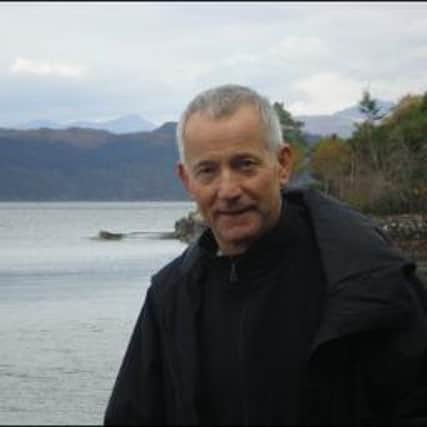Out of sight does not necessarily mean out of mind - Dr Gary Clapton


In searches by adopted people, invariably, birth mothers are identified first, not least because of the details on the adopted person’s full birth certificate. And usually it follows that if there is any meeting and reunion to happen it will be the mother that is first approached. After a period of contact with their birth mother, thoughts often turn to the father. In the minds of most adopted people there is an empty chair at the table marked ‘father’, and sooner or later curiosity about him, what he looks like, whether he knew about the adoption and was involved, will grow into action.
When it comes to finding details and contact with a birth father, things can be complex. An early source of alarm and distress can be reading on the birth certificate the words ‘father unknown’. But this needs to be understood in the context of times in which there was a legal requirement for a mother’s name and that of the father was optional, and may have been withheld for all sorts of reasons such as relationship breakdown, avoiding maintenance payments or the doubling of societal opprobrium for the parents.
Advertisement
Hide AdAdvertisement
Hide AdFortunately for the two adopted people featured in the Long Lost Family episode, the names and details of their birth fathers were known. In one case, he and his family had visited the baby in hospital, and in the other, the father had tried to make contact a few weeks after the birth. Research tells us that this behaviour is not rare. Often (but not always), these teenage unmarried fathers did their best to stay involved, contrary to the stereotype of the father who abandons mother and baby.
Louise was the first featured of the two adopted people looking for their fathers. At aged 7 yrs, she had been told that the man she thought was her father was not. Since then she had always been aware that there was ‘another dad out there’, and had spent ‘hours and hours’ over the years searching for him to no avail there was no trace of any subsequent marriage or children. The search team at Long Lost Family quickly found out the reason why he was hard to find. Louise’s father had died young.
However, the team did find his sisters, one of whom now lives in the USA. In keeping with Louise’s father’s interest in her, the family had cherished photographs of her as a baby and her aunts were over the moon that she come looking for her paternal family roots. Sadly too, in the second featured case, the birth father had also died young. But equally, his long-lost family opened their arms to embrace a child (now adult) that they had always known about. Often, not a feature of the publicity about adopted people and their reunions, for both a father and the adopted person, out of sight does not necessarily mean out of mind.
Dr Gary Clapton is Reader in Social Work, University of Edinburgh
Comments
Want to join the conversation? Please or to comment on this article.